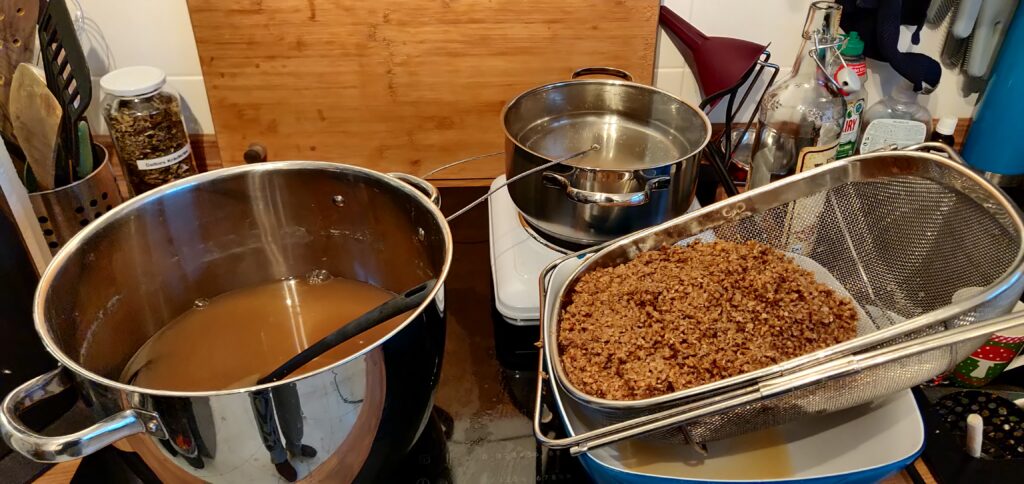If you’ve completely bricked your Android phone and the screen stays black, don’t give up just yet! There’s still a chance. Because all Android phones use a Qualcomm processor it is possible to directly communicate with the chip the „EDL“ (emergency something…) mode. Then you will need a special tool and a decrypted firmware file to flash. If you’re lucky, you can find all of this in the interwebs for your phone model.
So what’s needed?
- Windows… with signature verfication turned off („Test Mode“)
- Qualcomm Driver
- Decrypted Firmware (.osp)
- MSMDownloadTool to flash the firmware
To put your phone into the EDL mode the simplest way I found is this: Turn off phone, hold both Volume Buttons while plugging in the USB cord.
Once that’s done you will have a phone that’s gone through a true factory reset. Now you have a stock phone with the firmware it originally came with. Next surprise: once your device back up running you won’t be offered any system upgrades, at all. Why? Because the update servers deliver incremental updates, and they no longer host updates for your outdated phone. It gets better: If you manually try to upgrade to the latest OS and the version difference is too high, the upgrade will fail.
The solution is that you do incremental updates to latest version manually starting from your current version (the way your system usually is updated), e.g. Android 8 -> 9 -> 11. You can find the OTA (over-the-air) update files online. At least for OxygenOS you can also use the „Oxygen Updater“ App, it downloads the OTA’s in the correct order for you.

